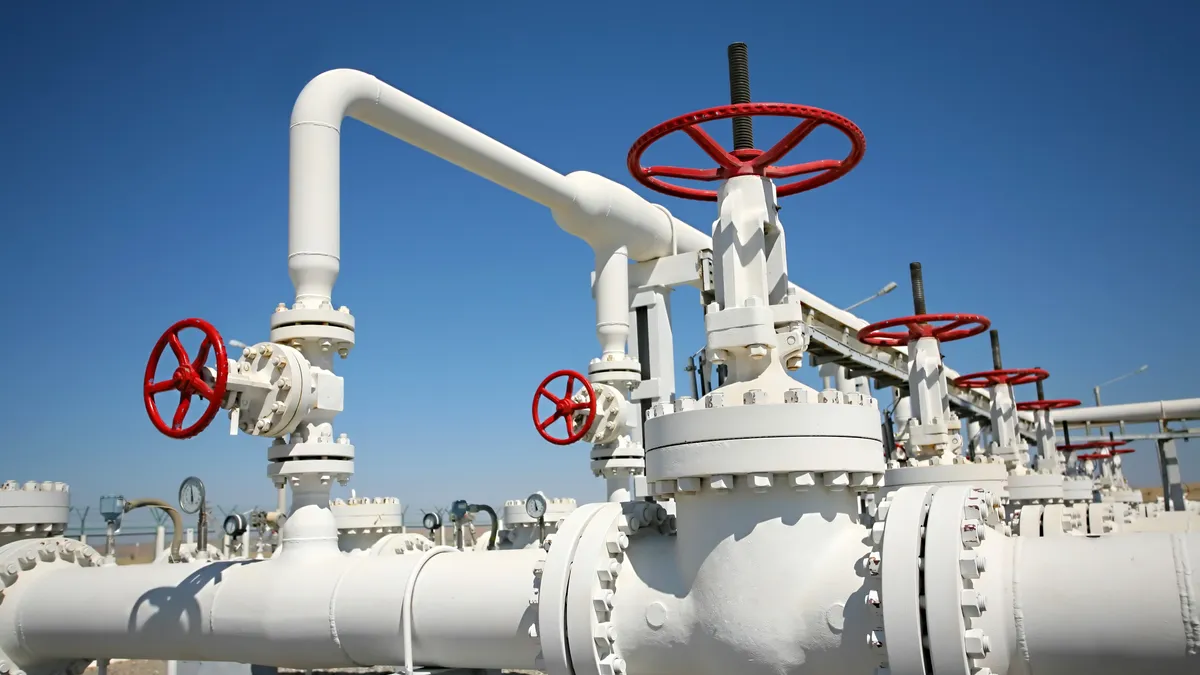Major natural gas producers are expecting colder weather and increased heating demand to push commodity prices higher this winter, possibly leading to a decline in the power sector’s consumption as generators stick to cheaper fuel options.
The Natural Gas Supply Association on Thursday published its winter outlook, predicting the November-March period will be 7% colder than last year and leading to a roughly 14% increase in residential and commercial demand. Industrial demand is also expected to rise about 7%, the group said.
Winter gas prices at the benchmark Henry Hub trading point averaged $2.51/MMBtu last year, their lowest since the 2019-2020 winter.
“With rising demand expected to place upward pressure on natural gas prices, power demand could decrease compared to last winter’s numbers and less temporary economically-motivated switching from gas-to-coal,” the report said.
NGSA expects gas burn in the power sector to be 4% lower than last year but still slightly ahead of the three-year average.
About 36 GW of new gas-fired generation has been added since 2018, compared with 162 GW of new wind, solar and battery resources, the group said. Gas-fired generation acts as “a partner to renewables,” said Freeman Shaheen, chairman of NGSA and president of global gas at Chevron.
“To continue progress of decreased energy-related CO2 emissions, we need public policy support to meet growing infrastructure needs, encourage government and private sector investment, and streamline permitting processes,” Shaheen said.
The North American Electric Reliability Corp. issued a September alert saying it “remains concerned about maintaining sufficient natural gas supplies to address extreme winter conditions.”
Winter Storm Elliott in 2022 forced the largest recorded manual load shed in the history of the Eastern interconnection and was the fifth event in the last 13 years where gas supply disruptions played a role in cold weather-related generation outages, according to NERC.
The natural gas sector says it is prepared for this winter. There is “a wide range of actions that producers use to protect upstream facilities,” including implementing backup power systems, burying pipelines, insulating facilities and bringing heaters into the field when temperatures dip, NGSA said in a presentation of its seasonal outlook.
Not all of those outages during Elliott resulted from physical issues, however. A joint assessment published last year by NERC and the Federal Energy Regulatory Commission found issues with scarcity pricing, mismatches between the timing of the gas and electricity markets, and pipeline scheduling constraints.
NGSA officials said that, anecdotally, they are also seeing gas producers work with generators to firm up gas supplies.
At Chevron “we’ll work directly with the end customers and create different instruments for them. We're doing more, I know, and I hope that others are as well,” Shaheen said.
Utilities, merchant generators and industrial customers “can use tools to build a diverse natural gas supply portfolio that mitigates exposure to daily spot market price changes and enables access to multiple suppliers and local storage to meet unexpected real-time needs,” NGSA said in a statement. “Spot market prices represent just one facet of the overall volumes of natural gas on the market, and if arrangements are made in advance, suppliers can also tailor more sophisticated natural gas packages to meet a customer’s flexibility requirements.”















